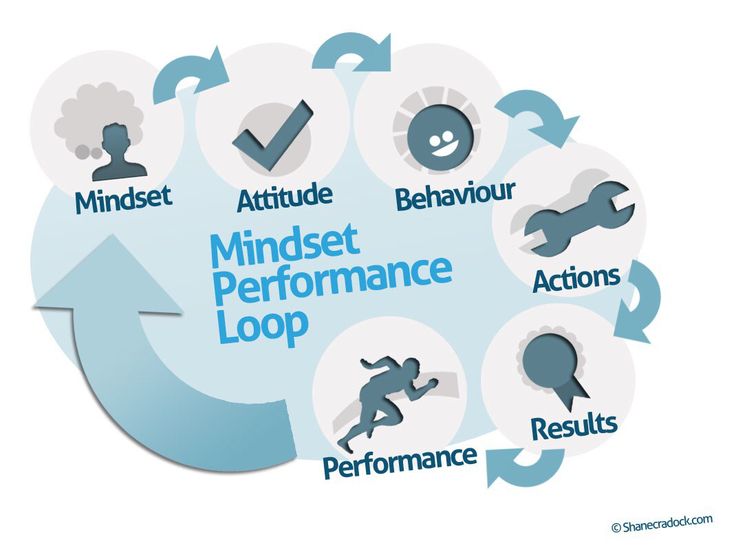
Giving Negative Feedback – 5 Methods that Will Help You
It is always difficult to have a conversation about something someone is not doing well enough, at work. However, without these conversations, and appropriate avenues to facilitate these conversations, getting better would never be an option. Giving Negative Feedback is something that can get uncomfortable for either of the two reasons: 1. not being sensitive enough, 2. for being too sensitive and not putting across your point clearly. However, if you are in the shoes of someone who is expected to help your co-workers grow – by providing them with timely and accurate feedback, you will have to familiarize yourself with the process of delivering feedback. And it won’t always be positive feedback.
Here are 5 methods that will help you deliver negative feedback in a more structured, professional, and hopefully pleasant way:
-
Take the help of self-assessments
If you use self-assessments, your job is already half done. Using a pre-made self assessment checklist, and asking your team member to complete it before the feedback meeting helps both of you gain perspective about the current situation. In a lot of ways, it also helps both concerned get on the same page. By taking the help of a self-assessment you help prepare yourself for the meeting, and also give the concerned person an opportunity to rate himself/ herself honestly. During your meeting, this can be used as a yardstick to discuss the feedback you have.
-
Use their job description as a basis
Another “tool” apart from the self-assessment checklist that you can use to facilitate the feedback session is the job description of the team member. A job description is an outline of the expected roles and responsibilities of an employee. By using it as a basis of comparison to the actual tasks and objectives being met by the individual, you will have an idea about if he/she is aligned with the job description or has deviated from it. This will also help you point this out to your team member.
-
Support your feedback with examples
The basis for your negative feedback would be specific. And it is important to say out loud the specifics of the feedback. In other words, if your feedback comes with an example of a specific situation, bring it up. By doing so, you are able to be clear in your communication and this will also help you tackle the next steps of thinking about a solution to the problem. When you speak in vague terms, finding solutions to problems become difficult. As a result of which the problem may keep occurring.
-
Speak about strengths
It is important to support or balance your negative feedback with positive feedback. Remember that the objective of the feedback session is to bring to the notice of the team member what is not working, and to motivate him/ her to do better, and not the contrary. If it were the contrary then this would have been a meeting to discuss the individual’s termination from the organization. Therefore, it is important to also speak about the skills and the strengths of the individual. It is also important to be careful about how you speak. Adopting a tone that is firm, yet kind is the best bet. Do make sure that the session is a dialogue. Listening is as important as speaking!
-
Remind yourself that this is your job
No matter how hard it is to carry through this session, you need to because after all, it is your job. Before the session, it is important for you to orient yourself about it so you can be as professional as possible. Remember that it is not a personal reason being discussed, but a professional one. Hence, you must remain objective through out. It is also important to keep in mind that the team member concerned may not view the feedback as objectively as you provide it. In which case, you would have to remind yourself to hold your ground and tell yourself that you are doing your job.
Have you been in a position where you have had to discuss or provide negative feedback to a team member? What worked for you and what didn’t? Hearing from you always motivates us to write better, so do write back!




